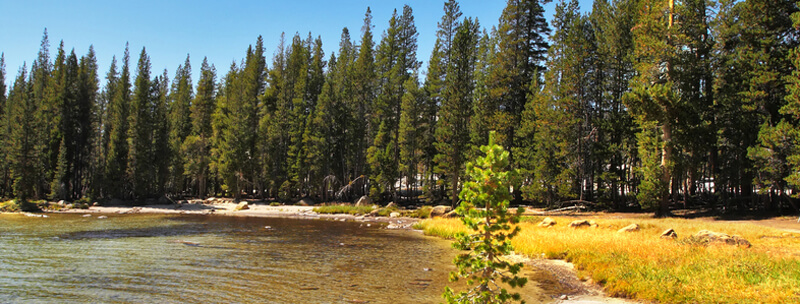The New Jersey courts continue to define and expand the class of persons liable for the cleanup of environmental contamination under New Jersey law by holding that the State of New Jersey and other “public polluters” may be liable because of their regulatory role and approval of activities that contributed to the environmental contamination. See N.L. Industries, Inc. v. New Jersey, Docket No.: A-0869-14 (N.J. App. Div. Aug. 26, 2015). Federal courts applying federal law, however, have generally declined to hold governmental entities liable for environmental contamination because of their regulatory role in certain activities.
N.L. Industries concerned heavy metal contamination in the Laurence Harbor area of Old Bridge Township, New Jersey, which has become known as the Raritan Bay Slag Site. The State and Old Bridge Township (“Township”) entered into an agreement with the United States Army Corps of Engineers (“USACE”) whereby the State and Township assumed responsibility for the maintenance, operation, and inspection of beachfill and levee structures in the area. Subsequently, a private developer acquired a portion of the Raritan Bay Slag Site and proposed to construct a seawall and jetty to replace beachfill in the area. While this seems innocuous, the private developer used slag materials to construct the seawall. Slag is a byproduct of smelting operations that contain heavy metals, including lead. The State of New Jersey allowed the developer to construct the seawall using slag even though it knew of the heavy metals in the slag.
The Raritan Bay Slag Site was subsequently labelled a Superfund Site and placed on the National Priorities List because of the heavy metal contamination. In 2014, the EPA ordered NL Industries, Inc. (“NL”) to conduct a $79 million cleanup at the Site because NL operated a lead smelting operation in nearby Perth Amboy, New Jersey and historical documents showed that a portion of the slag used to construct the seawall originated from the Perth Amboy facility.
NL then sued the State of New Jersey and other “public polluters” seeking contribution under the New Jersey Spill Compensation and Control Act (“Spill Act”) for the cost of this cleanup. The Spill Act imposes strict liability on “any person who has discharged a hazardous substance, or is in any way responsible for any hazardous substance.” Liability is not limited to those who were active participants in the discharge of hazardous substances. Instead, liability extends to certain persons who had “some control over” the discharge of hazardous substances.
NL argued that the State is liable for cleanup costs because of its role in issuing permits and supervising the construction of the seawall and jetty. The lower court determined that NL sufficiently alleged facts showing that the State is a person “in any way responsible for the contamination,” and specifically found that the State was potentially liable under New Jersey law because it: “(1) played a significant part in the planning and authorization of the construction of the [s]eawall and the western jetty; . . . (2) had actual knowledge that [the developer] intended to use the slag at the [Raritan Bay Slag] Site[;] (3) was actively operating and maintaining the [beachfill and levees in the area], which was supplemented by the addition of the Seawall; and (4) did not intervene to prevent or abate the environmental risk after the State was notified of the potential harms.” The State appealed this decision and the New Jersey Appellate Division affirmed the lower court’s decision with minimal discussion.
The key issue in determining liability in N.L. Industries was whether the State exercised sufficient control over the aspect of the construction activities that caused the contamination. While there is currently no bright line test to determine exactly how much control will trigger liability under the Spill Act, N.L. Industries may provide a roadmap for plaintiffs seeking to impose liability broadly, including on non-governmental entities that exerted control over the activities that caused contamination, even if they were only peripherally involved in those activities (such as architects and engineers that direct or design construction activities, financiers and lenders that impose conditions on development, and other similar parties). Moreover, as litigation over contaminated sediment sites (including the Raritan Bay Slag Site) ramp up in New Jersey and across the country, there are likely to be more clashes over the environmental liability of governmental entities acting in a regulatory role under both New Jersey and federal law.




